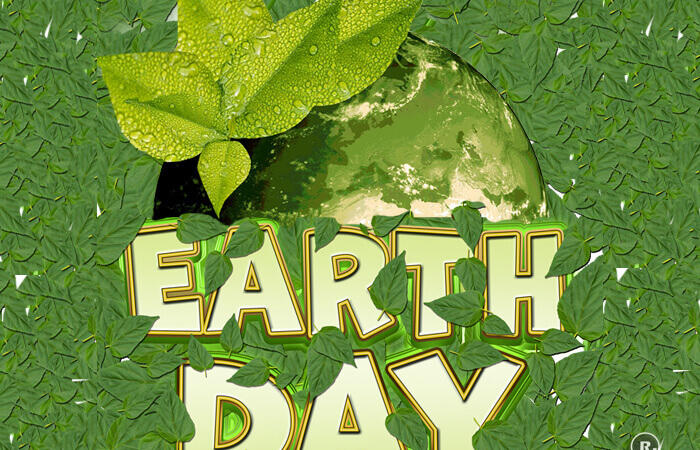Plant Physiology: An Introduction to the Science of Plants

Plant physiology is the branch of botany that studies the structure, development, and function of plants and other plant-like organisms. It is the branch of biology that studies the structure, function, and growth of plants.
Plant Growth and Development
Growth is the increase in the size of a plant or an organism over time. One important factor that affects growth is the amount of water available to the plant. This is determined both by the amount of water in the soil and the air around the plant. If the soil is too dry, the plant will not receive enough water to survive. If the air is too dry, the plant will not receive enough water to survive. If the soil is too wet, the plant will not receive enough water to survive. If the amount of water in the soil is just right, the plant will grow large because it has the nutrients it needs to survive. If the amount of water in the soil is too low, the plant will not grow large enough to survive. If the air in the soil is just right, the plant will grow large because it has the nutrients it needs to survive. If the air in the soil is too dry, the plant will not grow large enough to survive. If the air in the soil is too wet, the plant will not grow large enough to survive.
Water and Plant Growth
The amount of water available to plants is determined by the soil, the climate, and the plants’ needs. The amount of water in the soil is determined by the amount of water in the air and the amount of moisture in the soil. If the air is too dry, the soil will not receive enough water to survive. If the soil is too wet, the water will seep from the soil into the pending water cycle without being adsorbed by the soil’s other soil components. If the amount of water in the soil is just right, the soil has the capacity to hold water.
Plant Life cycles
Plants grow by using the energy from the sun to make foods called photosynthates. The energy from the sun is used up in the process of photosynthesis, which is the process by which plants make their nutrients from carbon dioxide and other potentially harmful by-products from foods they eat. While all plants grow by using the energy from the sun to make their nutrients, some plants, or photosynthesizers, make more food with less energy. These plants get their nutrients from the air instead of from the soil. Air-based nutrient-dense plants are called trees and other plants with relatively high photosynthetic capacity are called trees and shrubs.
Human Nutrition through Food Plants
Most plants produce nutrient-rich flowers or fruits that can be consumed by humans. Flowers and fruits also contain important compounds called cannabinoids that are converted by the plant’s enzymes into other important compounds that are used by humans. The amount of these chemicals varies per species and subspecies, but humans can usefully consume between 300 and 450 different plant compounds. This means that we can benefit from the rich diversity of plants. Some plants, however, are important to human nutrition in another way. Some plants contain the essential amino acid lysine which is not found in significant quantities in our food supply.
Medicinal Plants
Many plants are used as herbal medicines because of their high concentration of beneficial components. Herbal medicines are often rich in plant secondary metabolites. Examples of herbal medicines are kava, tea, valerian, and ginger. The amounts of secondary metabolites found in plants can vary from species to species and from patterned plant to plain-old plant. There are many pitfalls in herbal medicine and plant toxicology, so it is important to understand the composition and amount of secondary metabolites in plants and herbal medicines.
Concluding Thoughts
Ultimately, all plants are members of the plant family Solanaceae, and most are members of the same genus, potato. The species Solanum are called potatoes because they are a relative of the tomato. Plants are a valuable source of food and, in many areas, a key source of water. Plant food, also called plant biomass, is the sum of all the parts of a plant including leaves, flowers, stems, and fruit. Plants also contain chemicals and other biological compounds useful to humans and animals. The amount of plant material a person should eat depends on their health, diet, and environment. Here we have provided a concise and practical introduction to the scientific study of plants. It explains the nature of plant life, how plants grow, and the way plants help make Earth habitable.
Suggested Read: Van Mahotsav






